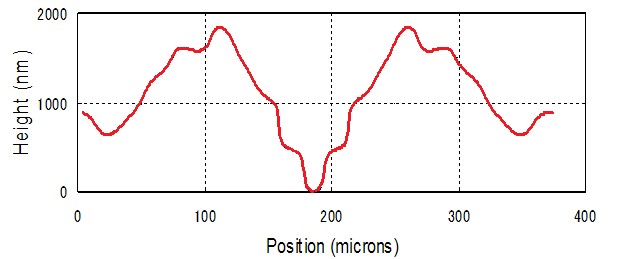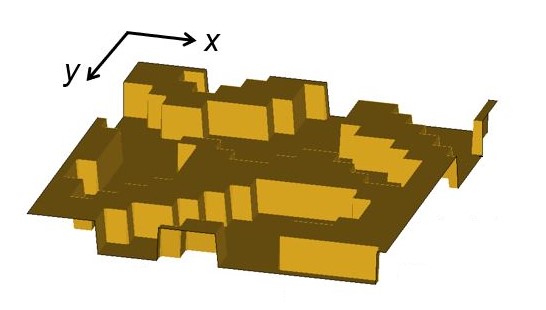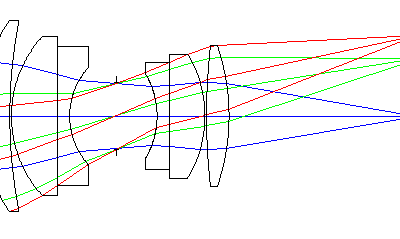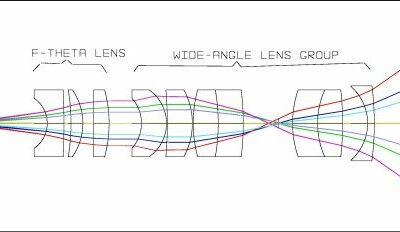Diffractive beam splitters
A diffractive beam splitter is a diffractive optical element (DOE) used to split a single collimated laser beam into several beams with the same optical characteristics as the original beam. Beams are usually separated into 1D or 2D arrays and may be arranged regularly or irregularly. A diffractive beam splitter is used with monochromatic light (such as a laser beam) and is designed for a specific wavelength and angle of separation between output beams.

1×5 diffractive beam splitter
The working principles of a diffractive beam splitter are similar to diffraction grating. In the case of DOE however, the diffraction grating grooves have a more complex shape (in the case of 1D array) or the DOE can have a complex binary or analog format surface with a 3D periodic structure. The diffractive beam splitter allows the creation of any type of spot arrays (1D, 2D, or irregular) while maintaining high efficiency and uniform distribution of energy in the spots.

Sample of 1D diffractive beam splitter profile

Sample of 2D beamsplitter binary profile (3D model)
The range of applications of diffractive beam splitters is very wide. Some typical areas include:
Laser scribing and dicing
Laser displays
Filters for cigarettes
Medical/aesthetic applications
3-D sensors
IR depth detectors
Fiber optics






